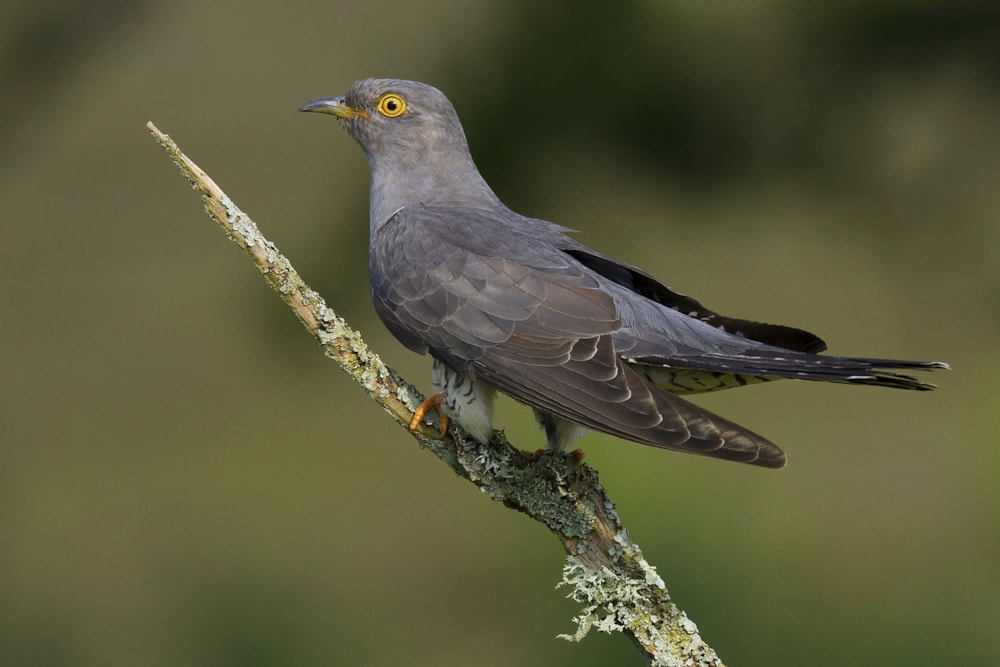The British Trust for Ornithology (BTO) has fitted four new Common Cuckoos with satellite tags, with three of the birds having already crossed the English Channel into France during the last few days.
The tags are expected to collect data that can lead to a better understanding of the species' decline in recent years , and the information collected will feed back to BTO headquarters in Thetford, Norfolk. The new birds have been named Nussey, Senan, Tennyson and Valentine, and each can be tracked via the BTO website as they complete their 8,000 km trip through Europe, across the Mediterranean and the Sahara Desert, to the Congo Basin.

Of the four newly tagged Common Cuckoos, three are already in France and heading back to Africa (Clive Daelman).
By following these four Common Cuckoos, and another eight birds that are already part of the project, scientists at the BTO hope to get a fuller picture of the pressures they face while on migration. The project has been running for eight years – this is the ninth successive deployment – and so far the tagged migrating Common Cuckoos have faced severe summer droughts in Spain and Italy, unseasonal hailstorms in spring in Spain, sandstorms in the desert and energy-sapping headwinds.
Dr Chris Hewson, lead scientist on the project, said: "Before this project began, we had no idea where our Common Cuckoos spent the winter months, or indeed what the journey to get there entailed. Not only do we now have a very good knowledge of both of these but we are also beginning to understand how changing conditions drive mortality rates.
"By continuing the project with these new birds, we will gain more valuable insights into how conditions across the annual cycle, including here in the UK, affect the birds and how this relates to population declines. Each year is different and presents its own challenges to the birds.
"In fact, every journey that one of these satellite tagged Common Cuckoos makes is a journey of discovery for those of us that follow them on the way, and it is exciting to know that these four new Common Cuckoos will add to what we have already discovered and provide information that may well help save their kind."
No comments:
Post a Comment